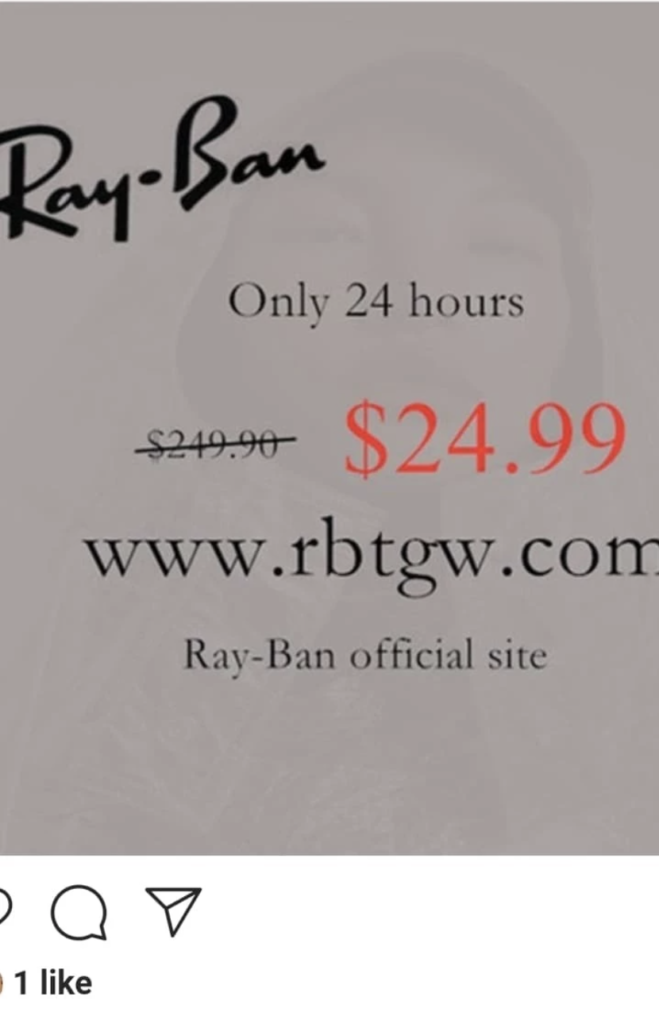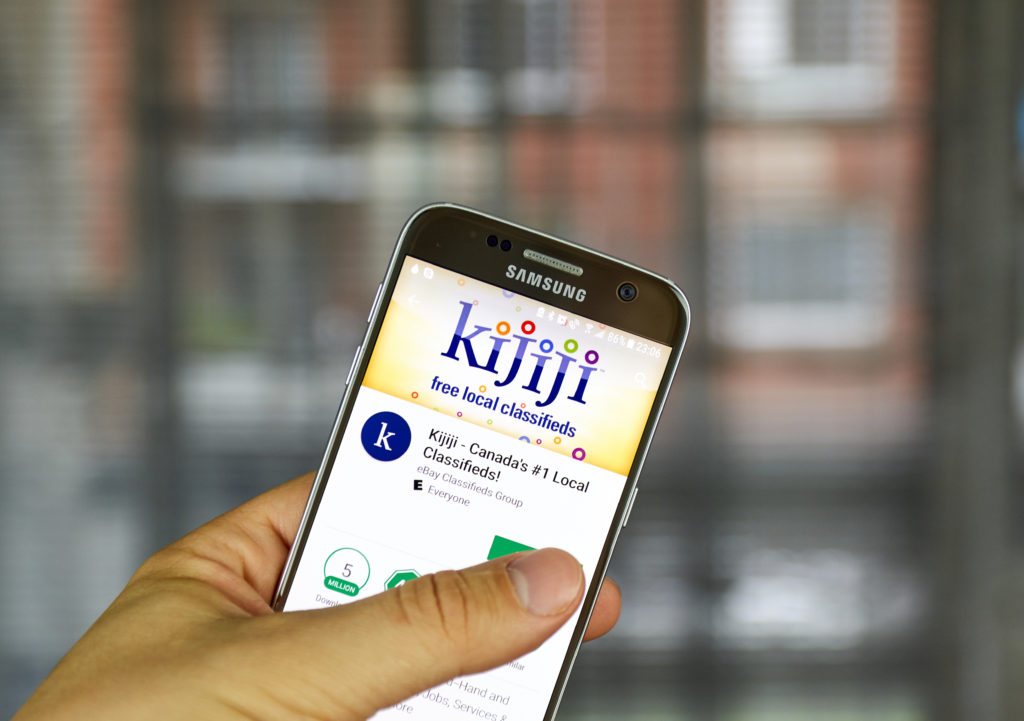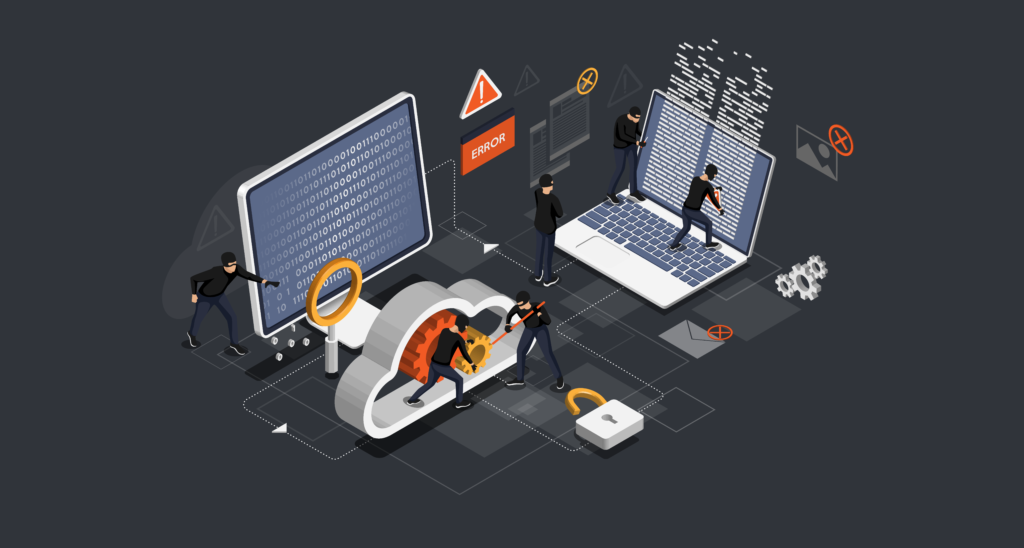Credit Scam

Having credit sounds like a good thing right? While having good credit is awesome, it’s important to always check in on new offers from groups or individuals. They target people with good and bad credit. Check out this Universal credit scam out of the UK.





Responses